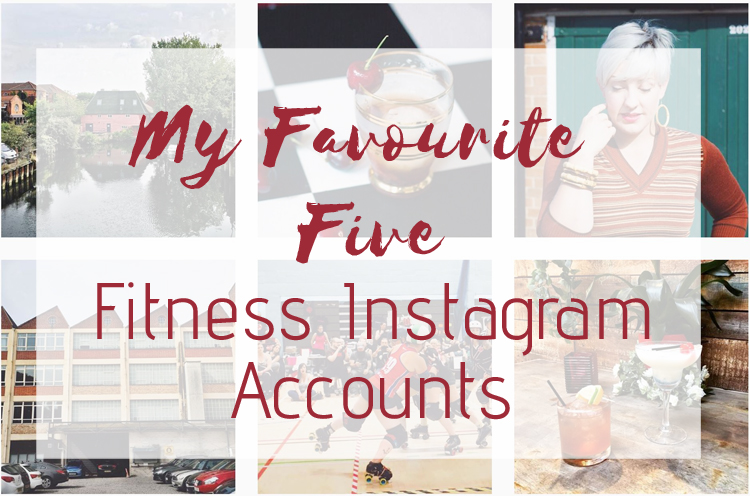
My 5 Favourite – Fitness Instagram Accounts
September 12, 2017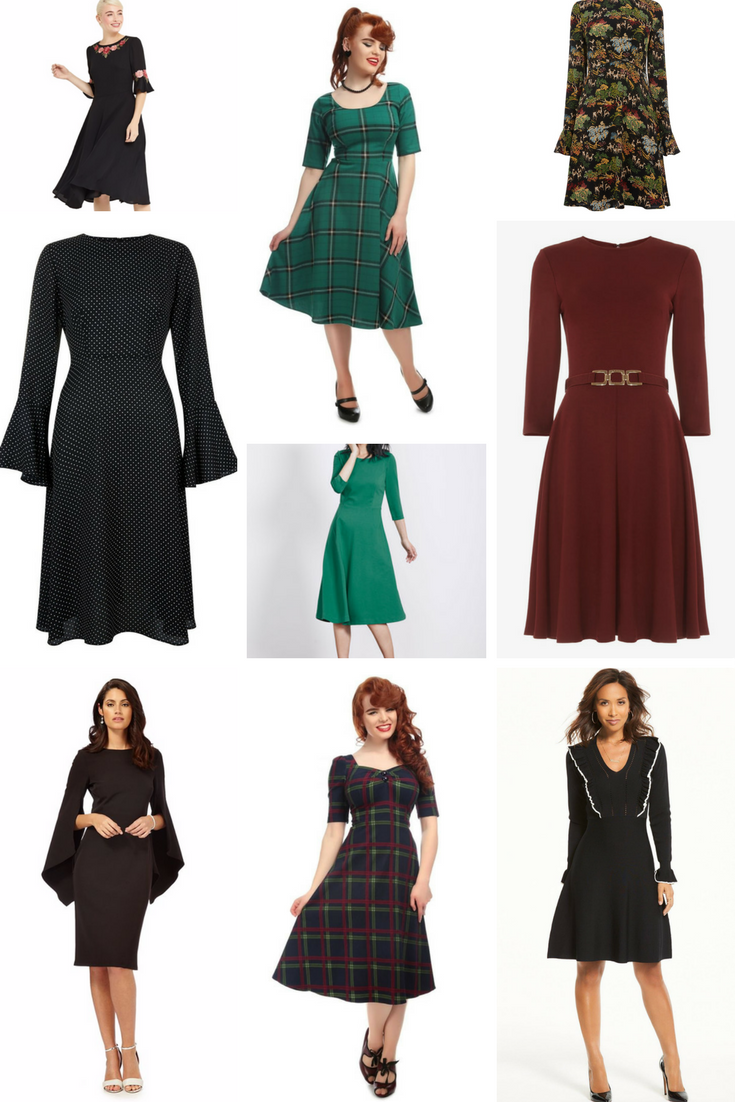
Friday Frock Love – Dresses with Sleeves
September 15, 2017Fit is basically the new fabulous. Fitness bloggers and personal trainers are the new IT girls and athleisure is apparently a fashion trend.
But what does fit actually look like?
The fitness industry has pretty much always had an obsession with appearance, but it feels like these days it’s being wrapped up in a coat of “Strong not Skinny” and a cuddly jumper of body positivity that sometimes feels completely at odds to the underlying message.
There’s a definite “look” to the fitness models and Instagram fitness stars. They’re long, lean and almost without exception, super slim. They have swingy pony tails and they pose in front of gym mirrors in sports bras with their heads tilted to one side flicking v for Victory signs. (A pose I have totally tried, but I just look like a weird sweaty girl in a mirror.)

Being fit looks different for everyone. An Olympic shotputter needs a different physical make up than a long-distance runner. If you’re naturally short and curvy no matter how fit you are or how low your body fat gets you might never get a visible six pack. One person may have great strength and terrible endurance, while another may be able to run for days, but flake out when asked to carry a heavy shopping bag. These are simply different components of fitness, and none of them are defined by very low body fat, visible muscle definition or even BMI (especially not BMI, but that’s another story).
Fit is not how you look.
A focus on the physical changes that fitness brings is easy to show on an Instagram feed, but if we’re really focused on “Strong not Skinny” it’s not the end of the story. A positive attitude to health and fitness for a normal human being includes a sense of balance.
Fit is training for strength. Fit is training for endurance. Fit is balancing our gym life with our “real” life. Fit is eating a balanced diet that fuels our training and lets us live our lives.
Introducing these things into our lives often brings about physical changes, but it doesn’t automatically give you a cookie-cutter “beach ready” body.
Earlier this year I shared this photo on Instagram. I’m within a couple of pounds of the same weight in both photos. In the first photo I had run 2 Half Marathons and multiple 10ks. I was running 3 times a week and training for Roller Derby twice a week. In the second photo I run shorter interval training distances, but I have increased my strength training and go to the gym and lift heavy, including plyometrics, 2 or 3 times a week, as well as training for Roller Derby twice a week.
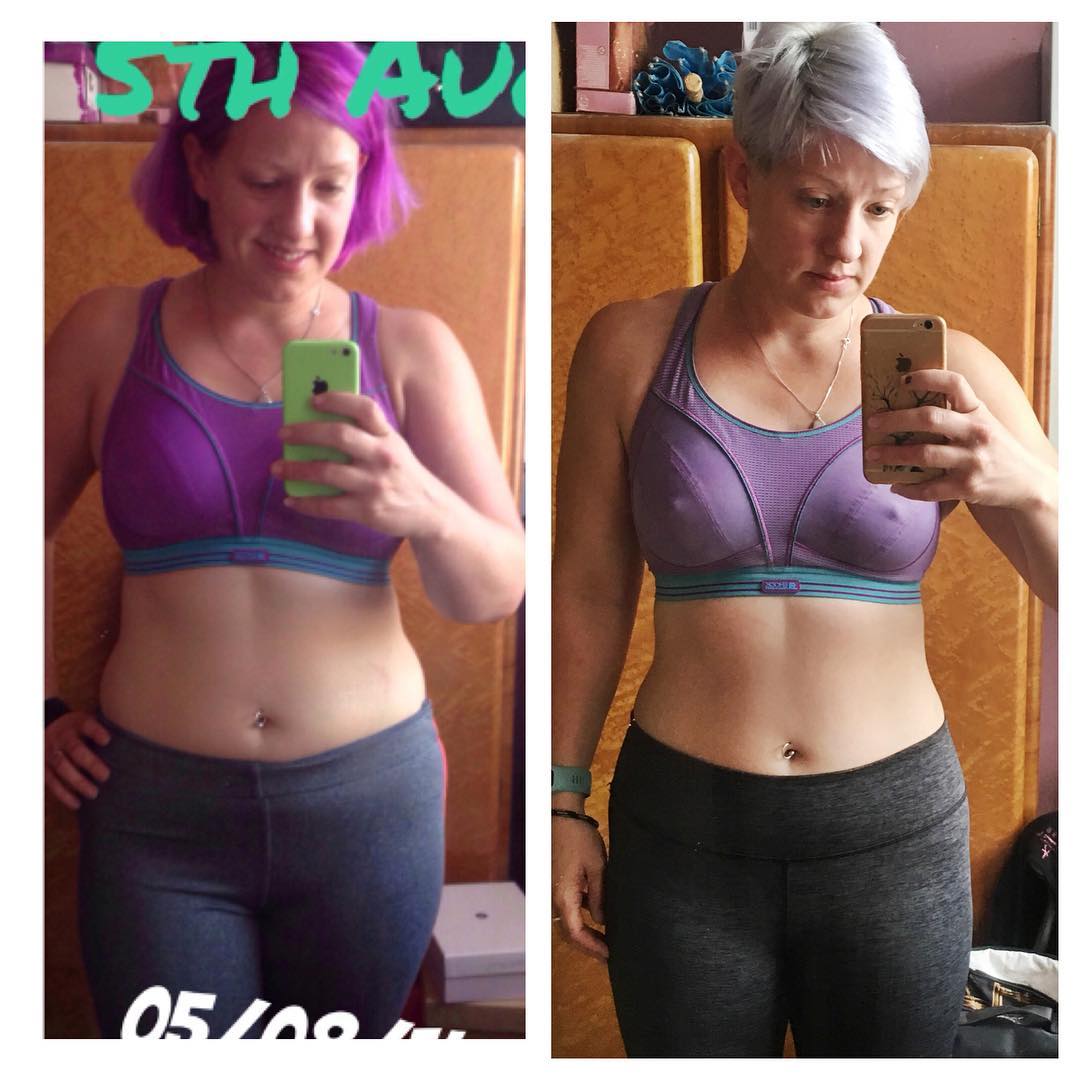
Am I fit in either of these photos?
I have a lower body fat percentage in the second photo and more muscle, which is how my weight is the same, but in the first photo I think my endurance was far better. It would take me a long time to train back up to Half Marathon fitness now. I am, however, stronger in the second photo with more power.
Basically I’m pretty physically fit in both photos. Burpees hold no fear for me (ok, maybe a bit of fear). I also have a BMI of 27, making me overweight, and I certainly don’t look like a fitness model.
And I’m pretty sure I never will.
Not least because I’m 5’4″ and I’m pretty sure fitness models are generally on the tall side and don’t need to get boxes to reach the pull up bars for the pull ups they cannot do in the gym.
Realising that fitness could be about the joy of movement, of learning new things and achieving goals was a huge part in being able to find my love of exercise. It helped make it part of my life without obligation or feeling like I needed to look a certain way. It makes me a bit sad that so much of the media that we look to for inspiration and motivation still carries an underlying message that is so focused on appearance.
On Monday I shared some of my favourite Fitness Instagram Accounts, and none of them, despite being gorgeous, look like fitness models.
There’s nothing wrong with being naturally tall, lean and leggy with a swingy ponytail. Winning the genetic lottery isn’t something you have control over. I just love to see some variety in my motivation and think that sometimes, just sometimes, Fit could look like, well, me.
It’s one of the reasons I’m so happy to see campaigns like This Girl Can and the Women’s Health #InShapeMyShape campaign.
I want to see happy, sweaty Women exhilarated by completing their first pull up (one day!), muddy Women after their Rugby training session and super strong Women nailing their Deadlifts. I might also love to see the changes that fitness has made in their body, but mostly I want to feel inspired that anyone, regardless of body type or body fat percentage can fall in love with their own body and what it can do.


As well as the Women I shared earlier this week, you should check out the following amazing fit chicks on Instagram for inspiration:
Biceps & Bronzer, Planking for Pizza, Lunges & Lycra, The Girls Gone Strong.
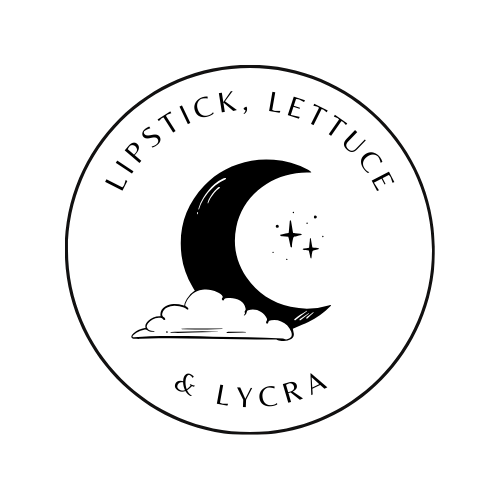

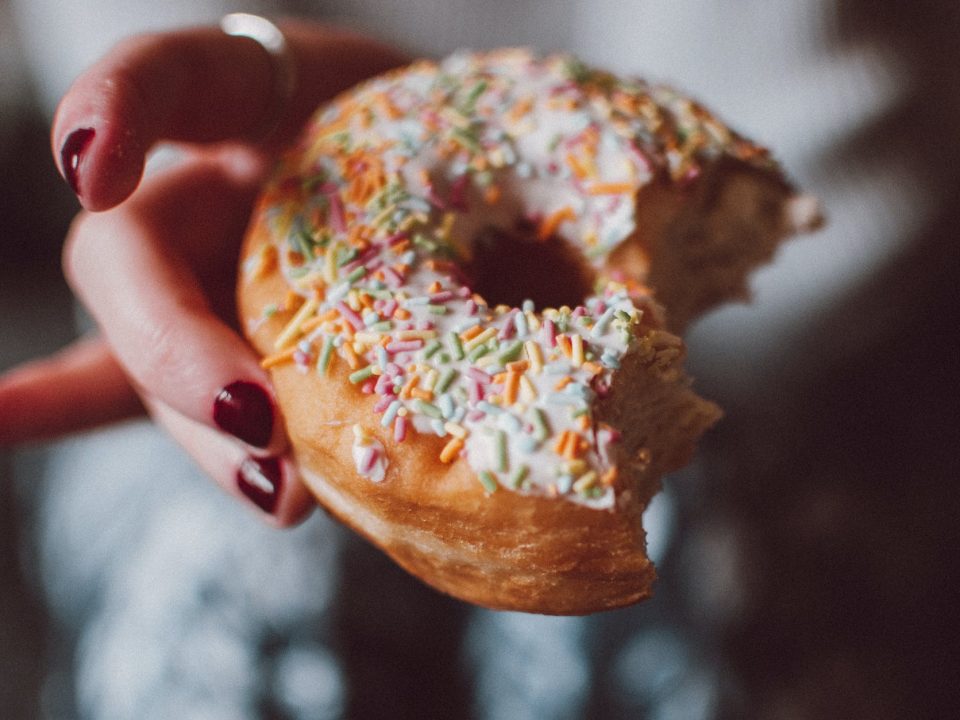
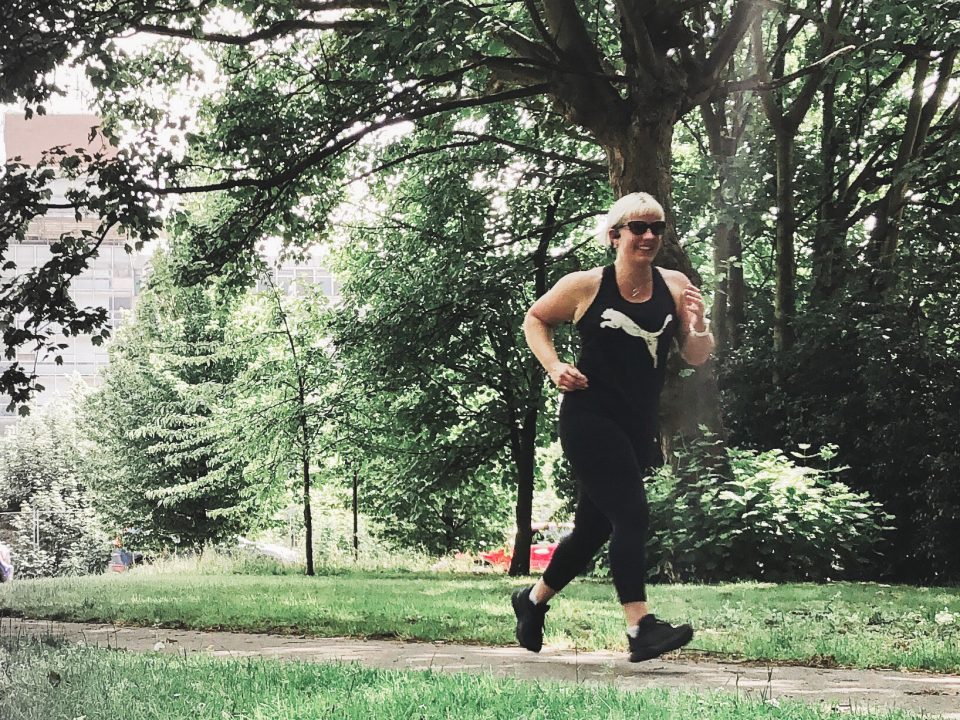
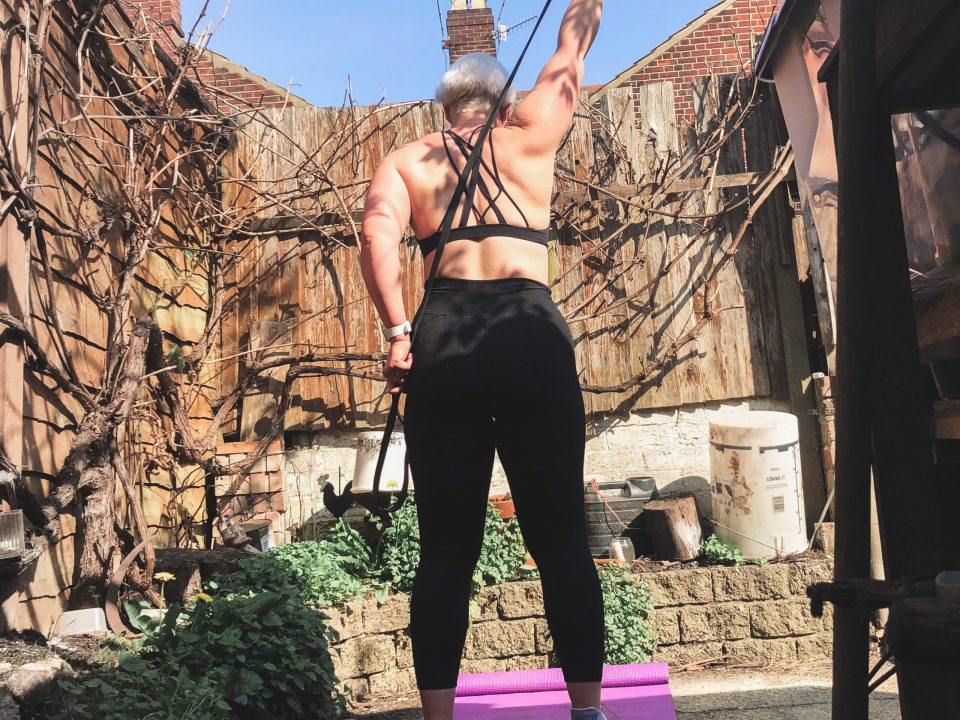
2 Comments
[…] post What Does Fit Look Like? appeared first on Lipstick, Lettuce & […]
Personally, I don’t see you as being overweight. Just like you (with the exception of marathons – I don’t DO running or jogging), I go to the gym and my body shape has changed. I have reached the stage where I can’t lose the weight as easily as I did at the beginning but will continue with my regime. Being a short person, as long as I lose the weight in the areas that won’t cause me any physical problems later in life, then I will stay satisfied. Ultimately, I don’t want to rely on public health services for conditions which I could’ve avoided by following a simple fitness regime. More money and investment for the NHS in order for the NHS to help those who are in unavoidable physical and mental need.